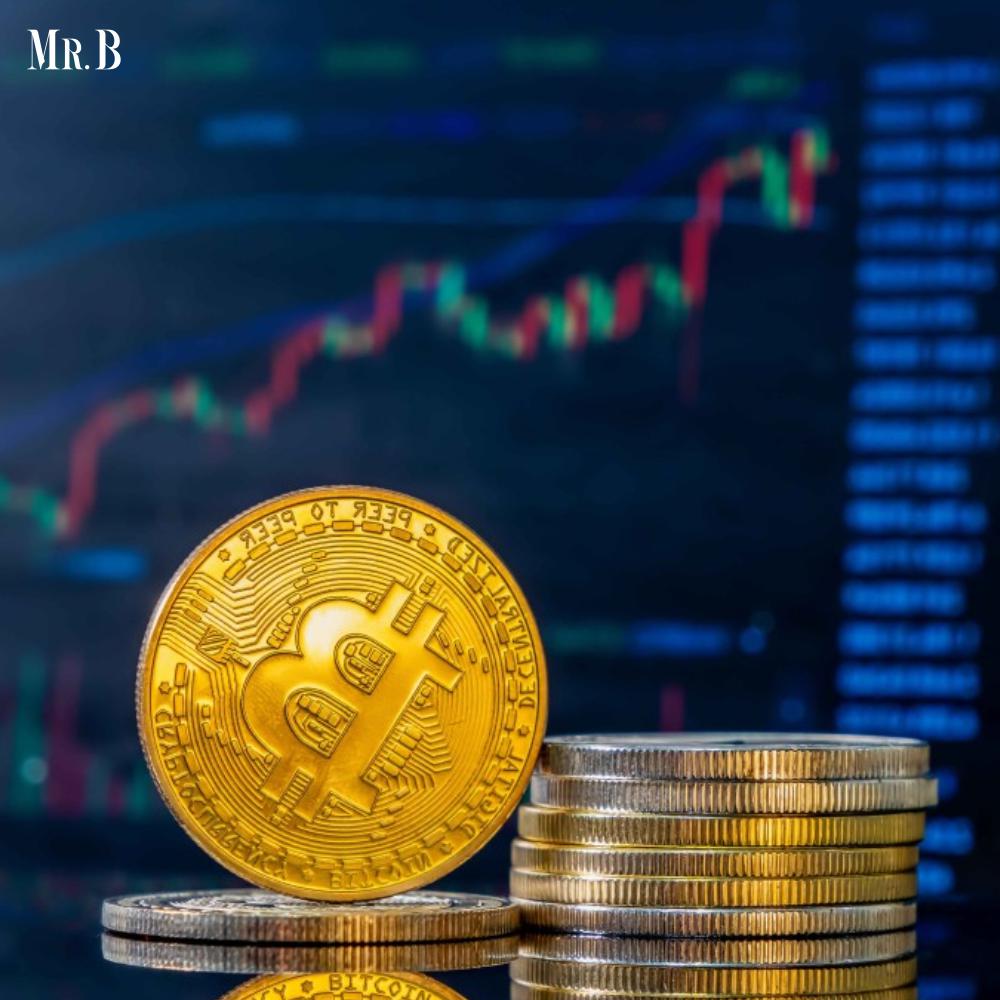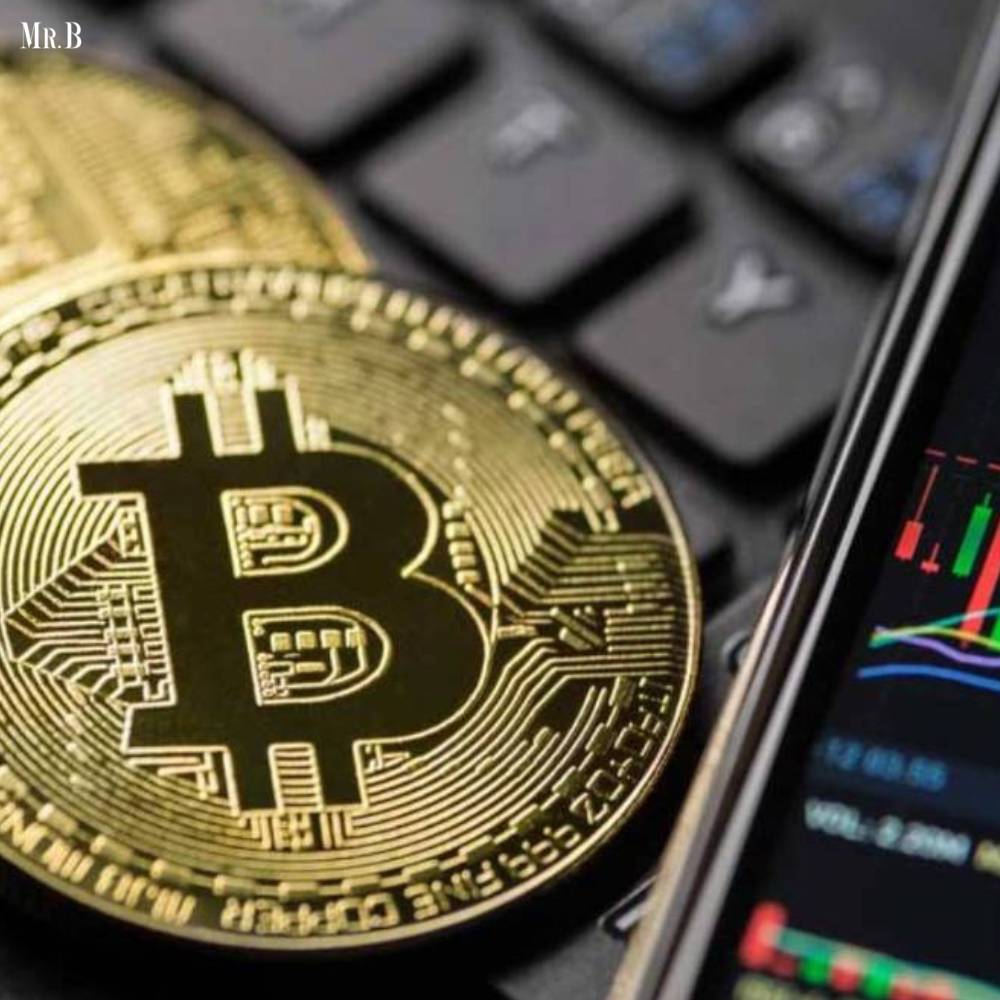Crypto vs. Traditional Investments: Which One is better?
- Category: Finance

The financial world is full of possibilities. And when we talk about investments, there are a multitude of options available today. Out of these, two types of investments stand out, i.e. crypto investments and traditional investments. As we are progressing towards a more tech savvy world, the debate “crypto vs. traditional investments” is getting much more intense. If you are also one of those confused between these two, we have you covered in this blog.
To find an answer to your question “Crypto vs. traditional investments: which one is better?” do read the blog till the end.
1. The Foundations: Traditional Investments
Traditional investments have stood the test of time, representing the bedrock upon which the financial world has been built. Stocks, bonds, real estate, and precious metals are the familiar faces in this category. These instruments have proven their mettle over decades, generating steady returns and playing a pivotal role in many portfolios. The risk and reward dynamics of traditional investments are often well-understood, allowing for strategic diversification and risk management. The aura of stability they exude has garnered trust from conservative investors and institutions alike.
2. The Disruptors: Cryptocurrencies

Enter the digital disruptors—cryptocurrencies. Born out of the mysterious realm of blockchain technology, cryptocurrencies like Bitcoin, Ethereum, and a plethora of altcoins have stormed the financial scene, promising decentralization, security, and astronomical returns. The allure of rapid wealth accumulation has attracted a new generation of investors, seeking opportunities beyond the confines of traditional markets. Cryptocurrencies, powered by their underlying technology, offer potential applications that span from revolutionizing cross-border transactions to upending traditional finance systems.
3. Risk and Reward: A Balancing Act
The cornerstone of the “Crypto vs. Traditional Investments” debate hinges on the delicate balance between risk and reward. Traditional investments, while relatively stable, often come with lower yield potentials. Stocks might offer consistent dividends, and bonds assure regular interest payments, but the path to substantial wealth can be a marathon rather than a sprint. Cryptocurrencies, however, are notorious for their roller-coaster price movements. The lure of overnight fortunes is strong, but so is the lurking potential for devastating losses.
It’s a tug of war between the known and the unknown. Traditional investments have proven historical data, allowing investors to make informed decisions based on past performances. In contrast, cryptocurrencies are still in their infancy, with limited historical data to draw conclusions from. While this might deter risk-averse investors, it excites those who relish the idea of getting in on the ground floor of a technological revolution.
4. Liquidity and Accessibility: Breaking Barriers
One undeniable advantage of cryptocurrencies is their accessibility. In a globalized world, anyone with an internet connection can participate in the crypto market. This democratization of finance is a stark departure from traditional investments, which often require substantial initial capital and intermediaries to facilitate transactions. Cryptocurrencies also boast high liquidity, enabling quick and seamless trades around the clock. This accessibility has not only expanded investment opportunities but has also nurtured a sense of community among enthusiasts worldwide.
5. Regulation: The Sword of Damocles
When discussing the merits of crypto vs. traditional investments, regulation emerges as a double-edged sword. Traditional investments operate within well-defined regulatory frameworks, providing a level of protection for investors. Government agencies and financial institutions monitor and regulate these markets to ensure fair practices and market stability. Cryptocurrencies, on the other hand, dance on the fringes of regulation. While some countries have embraced them, others have imposed strict bans, citing concerns about fraud, money laundering, and their potential to destabilize traditional financial systems.
6. Diversification: The Winning Strategy?
As the saying goes, “Don’t put all your eggs in one basket.” Diversification has long been hailed as a prudent investment strategy, reducing overall risk by spreading investments across various assets. Here, both crypto vs. traditional investments can play complementary roles. Traditional investments offer stability and a predictable income stream, while cryptocurrencies introduce an element of high-risk, high-reward potential. Striking the right balance between these two can potentially yield a portfolio that harnesses the strengths of each, cushioning against extreme losses while capitalizing on growth opportunities.

7. Navigating the Future: A Hybrid Approach
As we stand at the crossroads of traditional investments and the crypto frontier, a hybrid approach emerges as an intriguing avenue for exploration. This involves harnessing the strengths of both realms to create a balanced, resilient portfolio that adapts to changing market dynamics. Such an approach requires a nuanced understanding of the unique attributes and risks associated with each category.
For those more inclined toward traditional investments, the path forward involves a keen awareness of evolving market trends. The digital age has brought forth innovations like robo-advisors and online trading platforms, making it easier than ever to access and manage traditional assets. These tools can empower investors to optimize their portfolios and make data-driven decisions based on real-time market information.
On the other hand, embracing cryptocurrencies demands a commitment to education and due diligence. The volatile nature of the crypto market requires a strategic approach, wherein investors should be prepared for the possibility of extreme price swings. Engaging with reputable sources, understanding the underlying technology, and staying informed about regulatory developments can provide a solid foundation for navigating the crypto landscape.
8. The Psychology of Investment: Rationality vs. Emotion
In the arena of “Crypto vs. Traditional Investments,” the battle is not just between assets; it’s a contest of psychological tendencies. Traditional investments often appeal to our rational side, emphasizing historical data and calculated projections. This resonates with risk-averse individuals seeking security and predictability. Cryptocurrencies, however, evoke emotions like excitement, fear of missing out (FOMO), and the thrill of potential windfalls. These emotional drivers can lead to impulsive decisions, both to buy during market frenzies and to sell during downturns.
Navigating these psychological waters requires self-awareness and discipline. Combining the analytical approach of traditional investments with a calculated understanding of the crypto vs. traditional market can help temper emotional impulses. Implementing strategies like dollar-cost averaging, which involves investing a fixed amount at regular intervals regardless of market fluctuations, can help mitigate the effects of volatility and promote more rational decision-making.

9. The Role of Technological Advancements
In the ever-evolving landscape of investments, technology plays a pivotal role in shaping access, analysis, and execution. Both traditional and crypto investments have benefited from technological advancements that have democratized finance. The rise of fintech platforms has enabled even small investors to participate in traditional markets with reduced fees and simplified processes. Simultaneously, blockchain technology has facilitated the creation of decentralized exchanges, allowing users to trade cryptocurrencies directly and securely without intermediaries.
Furthermore, emerging technologies like artificial intelligence (AI) are transforming investment strategies. AI-driven algorithms can analyze vast amounts of data to identify trends, forecast market movements, and optimize portfolios. This technological synergy can bridge the gap between the familiarity of traditional investments and the innovation of crypto assets.
10. Embracing Evolution: A Dynamic Outlook
The debate over “Crypto vs. Traditional Investments” is not static; it’s an ongoing dialogue influenced by market trends, regulatory shifts, and technological breakthroughs. The dynamics between these two investment avenues are not mutually exclusive; instead, they reflect the broader landscape of financial evolution. Investors who recognize this fluidity and adapt accordingly are better poised to thrive in a changing economic environment.
Ultimately, the pursuit of financial prosperity requires a holistic view, one that recognizes the interplay of risk, reward, innovation, and stability. Rigidly adhering to one side of the debate might limit the potential for growth and diversification. As new investment opportunities emerge, wise investors will continue to expand their knowledge, diversify their portfolios, and embrace calculated risks.
The Final Word
Crypto vs. Traditional Investments is not a clash of adversaries, but a convergence of possibilities. The journey toward wealth creation is a personal pursuit, guided by individual aspirations, risk appetite, and market insights. The wisest will not look to choose between these options, but to thoughtfully integrate them to create a synergy that maximizes opportunities while mitigating risks.
As you navigate the intricate pathways of investments, consider the overarching principles that guide your decisions. A blend of prudence and audacity, of innovation and tradition, can propel you toward your financial objectives. The question isn’t whether one is better than the other; it’s how you can harness the power of both to forge a formidable investment strategy. So, whether you’re captivated by the allure of cryptocurrencies or find solace in the stability of traditional assets, remember that your investment journey is a reflection of your unique vision for the future.







